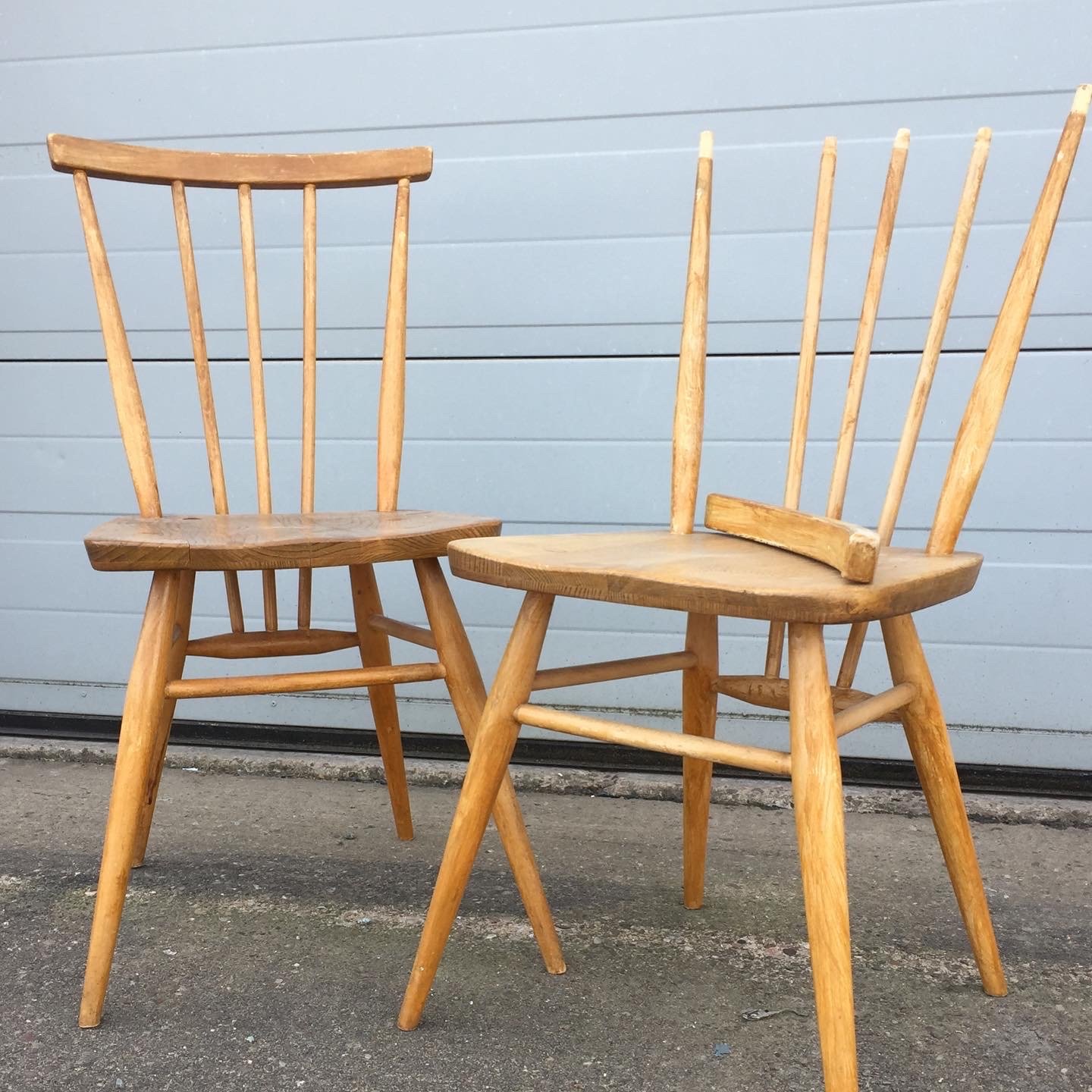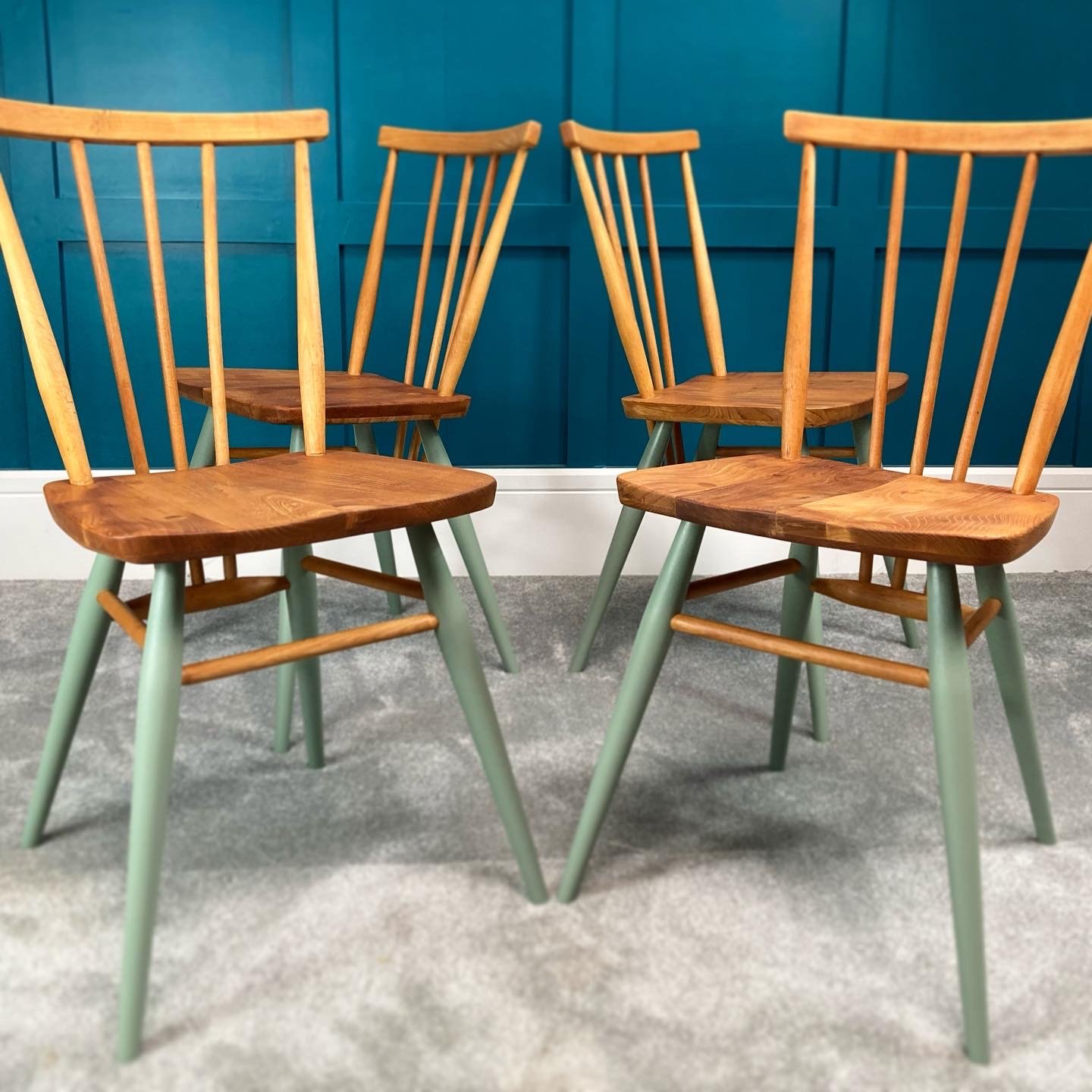How to repair heat damaged furniture
Weak joints, warped, dried out wood, cracks, peeling paint, doors and drawers that stick or don’t close properly. These are all potential signs of heat damage in furniture.
After this summer’s extreme heat, you might be seeking advice on how to fix any one of these problems. If so, you’ve come to the right place. I’ve welcomed all kinds of heat damaged furniture to my workshop. With a little care and attention, I soon have pieces looking fabulous again.
Read on to learn about the causes and solutions for heat damaged furniture.
What causes heat damage in furniture?
Fireplaces, hot conservatories, and central heating all create fluctuations in temperature, which causes wood furniture to expand and contract. Pieces placed directly in front of a radiator are particularly vulnerable, especially during the winter months when the heat is constant.
Over time, constant small movements weaken even the strongest joints and cause cracks to appear. Glue in joints dries out resulting in wobbly chair or table legs.
Intense heat from fireplaces and wood burners causes wood to dry out and split, and some paints to bubble, crack and peel. If your furniture is close to a heat source and you sometimes hear it cracking, it’s quite possibly a cry for help!
Sun damage is another common cause of furniture damage. It causes fading and, if untreated or unpainted, results in a two-tone finish.
How to fix common heat damage issues
In an ideal world, I would advise never to position any real-wood furniture near a heat source or in direct sunlight. Unfortunately, not all of us have huge houses and a choice in the matter!
So here are my top tips to fix common types of damage caused by heat or sunlight.
Weak or wobbly joints
In the case of weak or wobbly joints, it’s always best to go back to basics. Knock the joint apart using a soft mallet and clean off the old glue from both surfaces of the joint. Make sure the pieces still fit together before applying wood glue to both parts and inserting them back together. Use a clamp to hold the two pieces together while the glue sets. For smaller joints you could use masking tape or a bungee cord.
Cracks and splits
The way you treat a crack or split depends on its location and flexibility. If you can close the crack with pressure, apply glue and clamp it until dry. If the crack is inflexible you might need to cut out the crack and join the two pieces back together. If in doubt, consult an expert!
Peeling and cracked paint
Use a fine sandpaper to sand back the peeling or cracked paint before re-painting the area. When it’s dry, check if a second or third coat is required. If the colour difference is obvious, you may need to repaint the whole side.
Top Tip: Run your bare fingers over the area before you paint. If you can feel any roughness, you’ll be able to see it through the paint.
Sun damage
The most permanent way to rectify sun damage on natural wood is to paint it. For solid wood furniture, I usually lightly sand back and refinish with a wood stain or danish oil to bring out the natural beauty of the wood.
Warping and bowing
This is a tricky one and usually requires an expert eye. Sometimes you can pull bows possibly back using clamps. Other times, I make relief cuts on the opposite side of the bow to pull it back to its original position.
One final tip to prevent heat damage
If you’ve been storing furniture in an unheated place like a garage or container, and want to bring it into your house, avoid moving it straight into a very warm room or near to a radiator. Allow the piece to gradually warm up to its new surroundings (and ideally avoid placing it next to a fire or radiator.
I hope these tips have given you some inspiration to give furniture restoration a go yourself. If you get stuck or want us to take a look, please get in touch.





